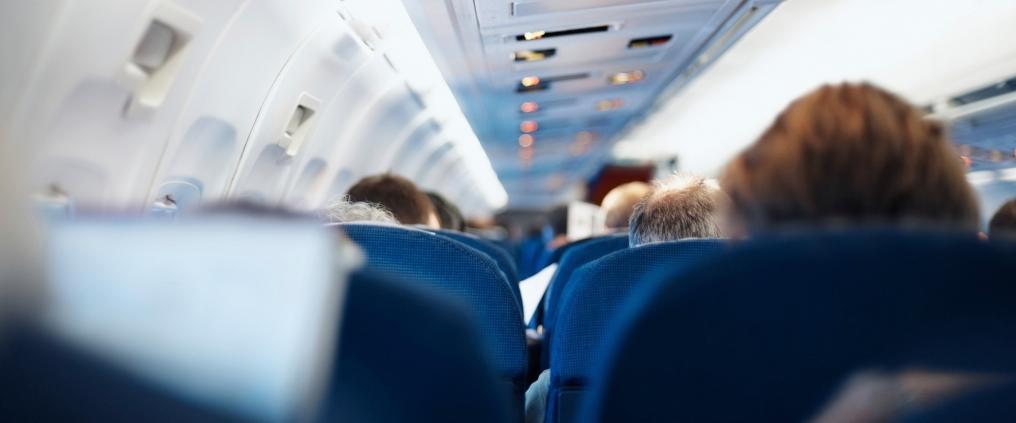It is no coincidence that the engines are switched off as passengers step onto the aeroplane. This is all part of the new CDM procedure that aims to make flights easier for everyone involved. The acronym CDM means Collaborative Decision-Making.
The idea is that all the various operators in an airport, from air traffic control to carriers, de-icing companies to parking planners, work more closely together to improve the efficiency of all flying-related matters. Helsinki Airport is the first in the Nordic countries to introduce the procedure and the seventh in Europe, after Munich, Frankfurt, Brussels, Amsterdam, Heathrow in London and Charles de Gaulle in Paris.
But why are the aeroplane's engines not running, even though I'm already in my seat? Why does it not taxi out to the runway to wait for take-off clearance? The answer is simple. Thanks to CDM, information is carried between the various operators much more efficiently than before, so the engines no longer need to idle. When the plane is cleared to start its engines, it can taxi out to the runway and take off at once.
Sitting in the plane, I start to wonder whether this new method will cause problems for passengers. Will flights be delayed? Will the costs of flying increase?
These fears appear to be unfounded. With CDM, the accuracy of flights will be improved and delays in take-off will decrease, because the traffic will be easier to predict due to improved communication and cooperation between the various parties. The improved efficiency will also decrease costs both for the companies that operate in the airport and for passengers.
Helsinki Airport is the first airport in the Nordic countries to introduce the CDM procedure.
Sitting in the quiet plane, I come to think that this new way of doing things must have a positive effect on the environment as well. This is confirmed as I research the matter further; as fuel consumption is decreased, thanks to shorter taxiing times, carbon monoxide emissions also drop, which can only be good for air quality.
The CDM procedure has been in development since the 1990s, so it is by no means a new invention. However, it was deemed better to take the time to ensure that the new methods it involved were useful for everyone concerned. Now that the time has come, it is expected that CDM will be made obligatory for all European airports with more than 50,000 flight operations every year. It is estimated that 25 airports in Europe will be using the CDM procedure by the end of 2013.
Text: Tiia Soininen
Photo: Istockphoto
